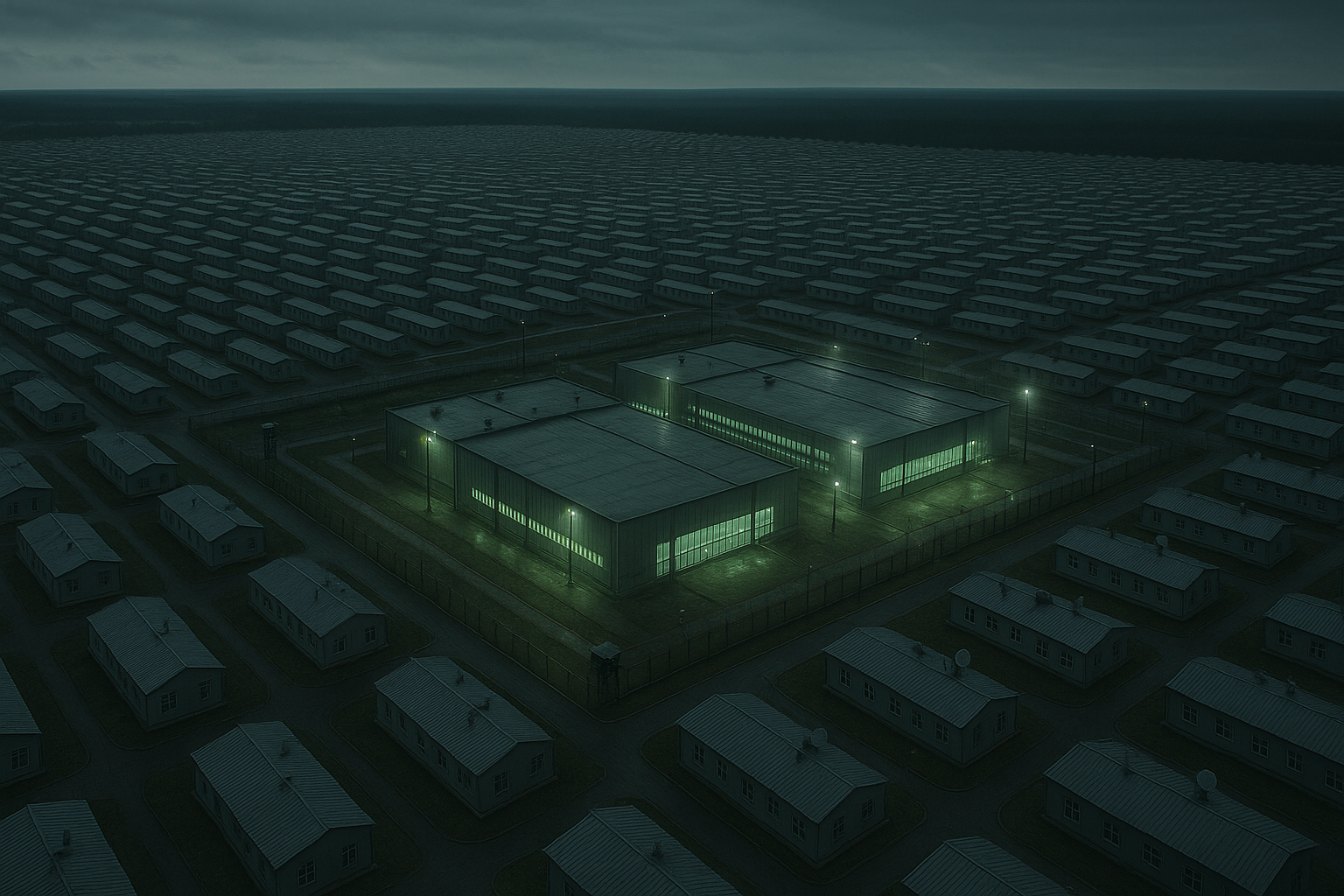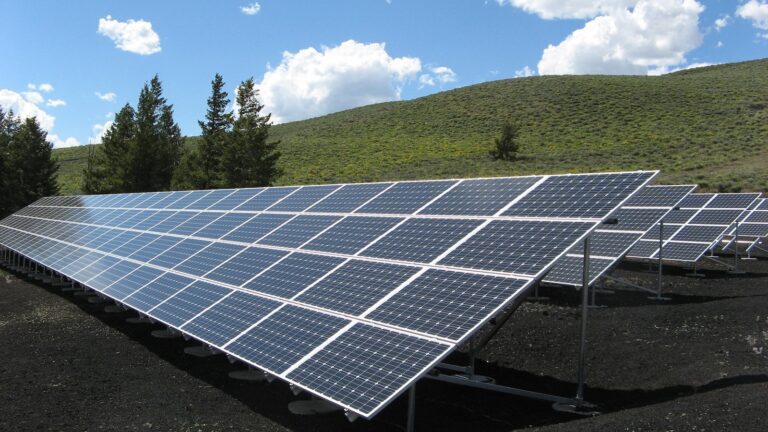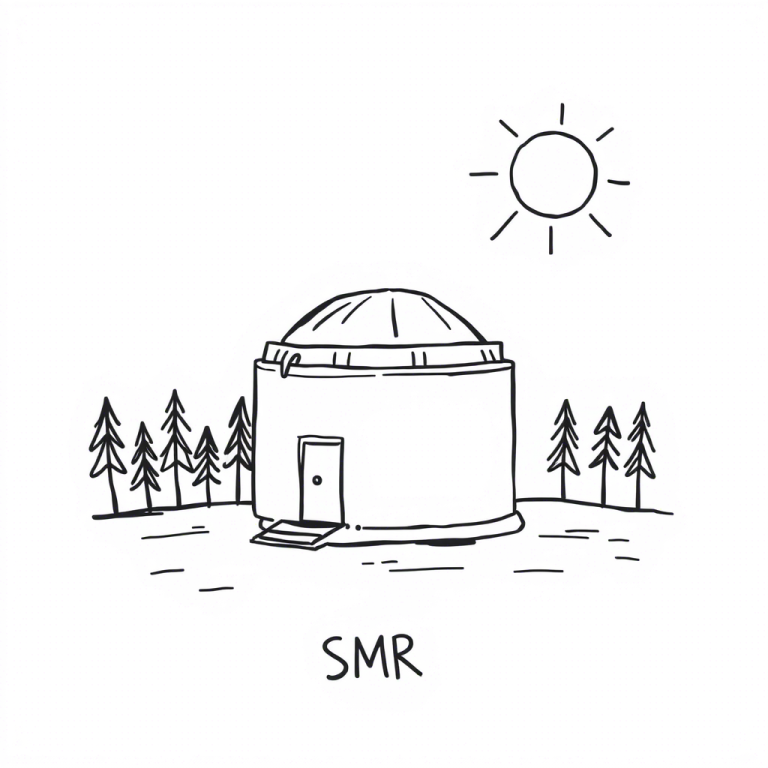Russia’s Secret Drone Factory Unleashes Unprecedented Aerial Assault on Ukraine
Alabuga, Tatarstan – Deep within Russia’s industrial heartland, a sprawling factory complex is reshaping modern warfare and enabling an aerial blitz of historic proportions against Ukraine. The Alabuga drone production facility—long shrouded in secrecy—has emerged as the epicenter of Russia’s escalating air war, leveraging teenage labor, Iranian technology, and rapid industrial expansion to overwhelm Ukrainian defenses with thousands of cheap, lethal drones.
The Factory Unveiled: Scale and Ambition
Satellite imagery analyzed by CNN and the Institute for Science and International Security (ISIS) reveals explosive growth at the Alabuga site in 2025:
- Dormitory construction surged from 15 buildings in February to 104 by mid-July, with over half erected in just five weeks 1.
- The complex now spans territory equivalent to 300 football fields, poised to house 40,000 workers upon completion 13.
- Eight new warehouse-like structures have risen near known drone assembly halls since late 2024 1.
This expansion supports Russia’s audacious production targets:
- 5,200+ Shahed-type drones monthly as of May 2025—a 16.9% monthly increase from April 34.
- Plans to manufacture 30,000 long-range drones and 2 million FPV drones in 2025 3.
| Indicator | Early 2024 | Mid-2025 | Growth |
|---|---|---|---|
| Monthly Output | ~1,000 drones | 5,200+ drones | 420%+ |
| Workforce Capacity | Unknown | 40,000 | Massive expansion |
| Drones Fired Monthly (Ukraine) | ~340 (June 2024) | 5,500+ (June 2025) | 16x |
Inside the “World’s Largest Drone Factory”
A July 20 broadcast on Russia’s defense ministry channel Zvezda—the first official glimpse inside Alabuga—showed:
- Rows of matte-black Geran-2 drones (Russia’s version of Iran’s Shahed-136) being painted to reduce visibility during night attacks 25.
- Robotic arms wiring warheads alongside teenage workers assembling components at computer stations 35.
- U.S.-made RAM pickup trucks modified as mobile launch platforms 4.
Director Timur Shagivaleev boasted of achieving “complete localization“:
“Aluminum bars come in, engines are made from them; microelectronics are made from electric chips; fuselages are made from carbon fiber… We now produce nine times more than originally planned” 14.
This shift to full domestic production marks a strategic leap. Where Russia once assembled Iranian kits, it now manufactures engines—a German design copied by Iran—on-site, eliminating dependency on Tehran 18.
The Child Soldiers of Russia’s Drone War
Alabuga’s expansion relies on systemic exploitation of minors:
- Students as young as 15 are recruited from Alabuga Polytechnic College after ninth grade, blurring education with weapons production 14.
- Workers face draconian contracts: $16,800–$22,400 fines for disclosing production details, and $1,900–$4,700 penalties if families withdraw children 5.
- A summer camp dubbed “Alabuga Build” deploys 2,500 students to construct dormitories under basic tent accommodations 13.
The Zvezda documentary openly showcased “boys and girls” assembling drones, confirming U.S. Treasury sanctions against Shagivaleev for “exploitation of underage students” 14.
The Shahed Storm: Tactics and Impact
Russia has weaponized Alabuga’s output into a terrifying new form of aerial attrition:
- June 2025: Nearly 5,500 Shaheds fired at Ukraine—16x more than June 2024 1.
- July 9: A record 728 drones launched in one night 13.
- Germany’s Maj. Gen. Christian Freuding warns Russia could launch 2,000 drones nightly by November 2025 38.
The drones’ low cost ($35,000–$49,000) versus Ukraine’s multimillion-dollar interceptors creates unsustainable economics. As Oleksandr Krupnyk, a Kyiv father, describes:
“We put our middle child in the bathtub, the youngest on a beanbag in the bathroom, and we lay on a mattress in the hallway… Constant lack of sleep makes you irritable” 1.
*Table: Geran-2/Shahed-136 Specifications*
| Parameter | Specification | Strategic Advantage |
|---|---|---|
| Range | 1,800 km | Can strike anywhere in Ukraine |
| Warhead | 50 kg | Significant destructive power |
| Cost | $35,000–$49,000 | 100x cheaper than Patriot missile |
| Speed | 300 km/h (dive) | Rapid terminal approach |
| Loiter Time | 10–12 hours | Prolonged target search capability |
Global Proliferation Risks
Alabuga’s output extends beyond Ukraine:
- Iran-Russia Nexus: A 20-year strategic partnership signed in January 2025 facilitates joint drone development, with Iran having used Shaheds against Israel 8.
- North Korea: Ukraine alleges Russia transferred Shahed technology to Pyongyang, prompting President Zelensky’s warning:
“Thousands of upgraded Shaheds… will threaten Seoul and Tokyo” 18.
- Export Ambitions: Experts confirm drones are being upgraded with advanced electronic countermeasures for global sales 18.
Ukraine’s Response and Strategic Dilemma
Kyiv has targeted Alabuga in at least three long-range strikes, but the facility’s depth (1,700 km inside Russia) complicates attacks 35. Ukraine aims to produce 4–8 million drones annually but lacks funding 3. As Germany’s Freuding notes: victory requires “striking production sites and lowering interception costs” 3.
The New Face of Industrialized Warfare
Alabuga represents a paradigm shift: a high-volume, low-cost drone factory leveraging forced youth labor and scalable design. Its success has prompted Putin to replicate the model nationwide, signaling an era where aerial swarms could replace artillery as warfare’s dominant force.
For Ukraine’s civilians, the factory’s expansion translates to more nights huddled in bathrooms and subway stations—their lives dictated by the whine of engines produced by Russian teenagers 1,000 kilometers away. As the dormitories multiply, so too does the shadow over Europe’s future battlefield.







